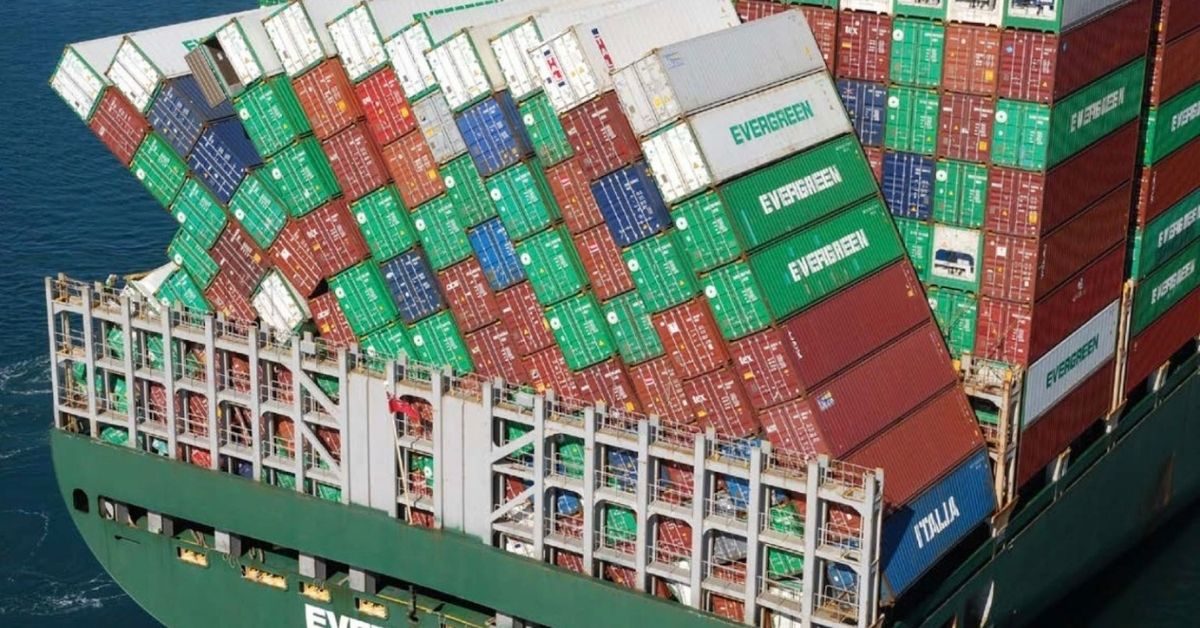With continued chaos driving record-high freight rates in container shipping, some shippers have been forced seek more creative ways of moving cargo point A to B, including turning to bulk carriers and general cargo ships for their transportation needs.
But with great risk comes, well, great risk. According to a recent report from marine claims consultancy WK Webster, last month the bulk carrier Great Beauty was forced to return to port in China after containers stowed in its holds shifted and collapsed during heavy weather while sailing from Taicang, China to Savannah, Georgia. It is now possible that General Average may be required as work to clean up and investigate the incident is underway.
After receiving a number of enquiries regarding the carriage of containers on vessels not primarily designed to carry containers, P&I club Steamship Mutual has now issued guidance alerting its members to the risks associated with the practice.
As Steamship Mutual points out in its Risk Alert RA 74, container stack collapse and loss of containers overboard are not uncommon in container shipping, even in vessels specifically designed to carry containers. But loading containers on vessels other than purpose-built containerships poses additional risks that shippers should consider in order to ensure coverage.
Steamship Mutual’s new guidance is intended to provide information to members concerning risks presented by such operations and draws attention to the need to ensure that a ship is suitable for the safe loading, carriage and discharge of cargo and is equipped with the appropriate means of securing such cargo. It also identifies some of the primary information gathering and reporting necessary for considering such activities, along with other considerations of due diligence and risk assessment to mitigate and minimize the potential risks.
Steamship Mutual also points out that the carriage of containerized cargoes on vessels that are not specifically designed for that purpose may well constitute a material change of risk within the meaning of “Rule 6 v,” and therefor it’s important that they are notified in advance of such operations being undertaken in order to reduce the potential for coverage to be prejudiced.
“Members should evaluate if the vessel and stowage locations intended for the carriage of containerised cargo have the required structural strength and can be adequately adapted for safe carriage of the cargo,” Steamship Mutual says in the guidance.
The guidance also provides some information on some key aspects for consideration, such as having a class approved stowage and securing plan, when conducting primary and any subsequent assessments to ascertain vessel suitability for the carriage of proposed containerized cargo.
Source : G Captain








